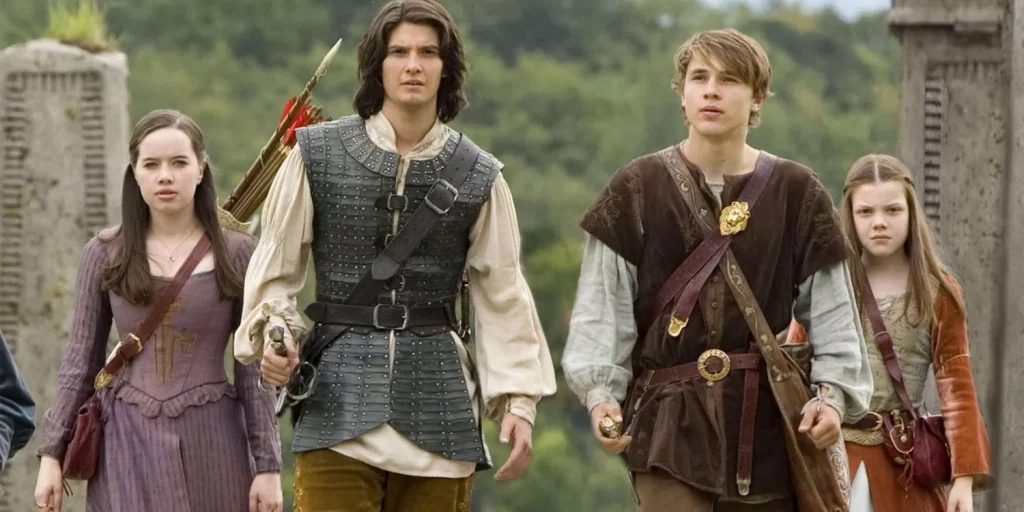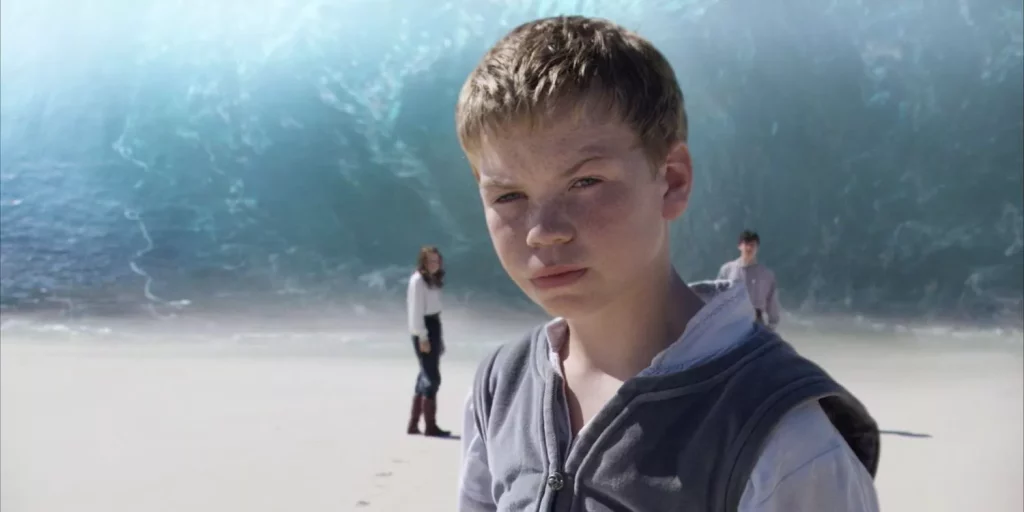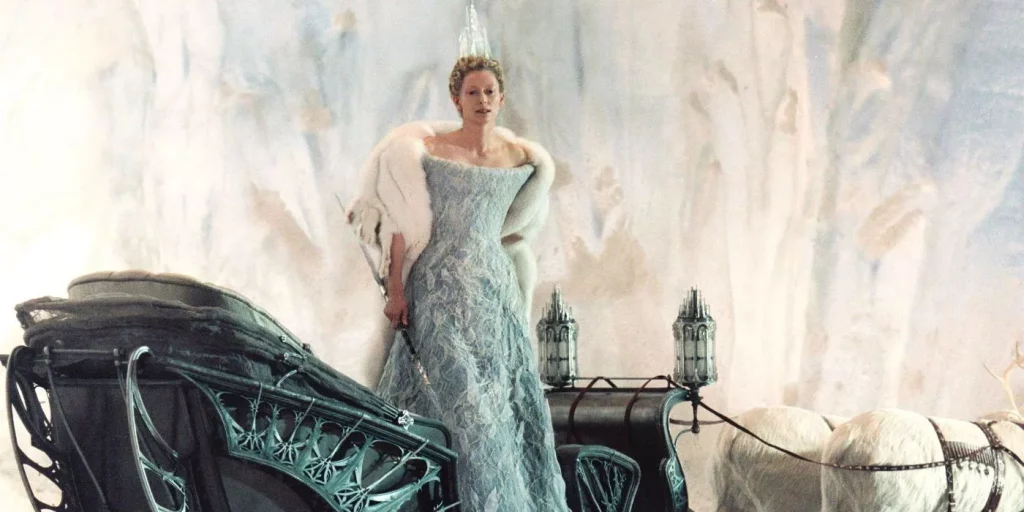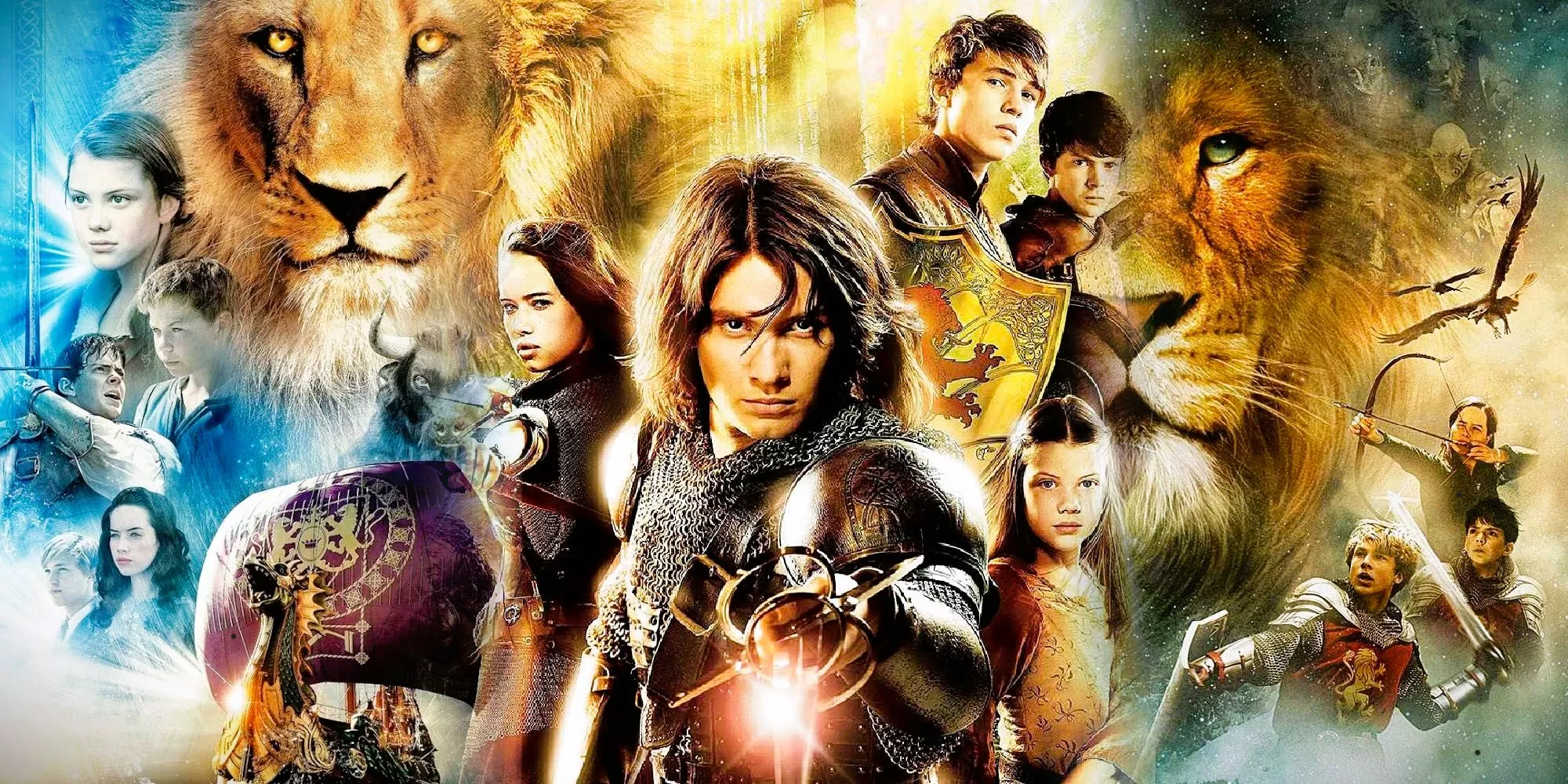Disney’s Chronicles of Narnia film franchise had an astonishing debut at the box office, but its subsequent installment turned out to be a financial disappointment. Released in 2005, “The Lion, the Witch, and the Wardrobe” successfully brought to life C.S. Lewis’ beloved and iconic fantasy novel, marking the first chapter in the epic Chronicles of Narnia series, comprising seven books. Disney envisioned this adaptation as its response to Warner Bros.’ massively successful “Harry Potter” movie franchise.
The initial film of the envisioned series garnered tremendous success, signaling a promising future. “The Lion, the Witch, and the Wardrobe” amassed an astounding $745 million worldwide (according to Box Office Mojo). Despite its inflated $180 million budget, the film’s impressive profits further cemented Disney‘s foothold in the franchise realm. Consequently, expectations were high for the sequel, “Prince Caspian,” which many believed would be fail-proof. However, when the movie hit theaters, it failed to replicate its predecessor’s success.
As time passed and the third installment, “The Voyage of the Dawn Treader,” arrived in 2010, the franchise had lost its momentum, and audience interest had waned significantly. Ultimately, four out of the seven planned movies were left unproduced, as the once-promising Chronicles of Narnia film franchise came to an untimely end.
The Downfall of ‘Prince Caspian

The disparity between the box office performances of “Prince Caspian” and “The Lion, the Witch, and the Wardrobe” can be attributed to several key factors. While the latter achieved tremendous success with a gross of $745 million, the former faced a disastrous outcome. Released in 2008, “Prince Caspian” managed to earn $418 million worldwide, which might have been deemed successful for many other films. However, when compared to its predecessor, the difference of $300 million is glaring, especially considering the film’s inflated budget of $225 million.
One of the primary reasons for “Prince Caspian’s” underperformance lies in its significant decline in quality when compared to the charm and enchantment of “The Lion, the Witch, and the Wardrobe.” The latter successfully captured the magic and excitement typical of fantasy movies, but “Prince Caspian” fell short in these aspects, leading to a less favorable response from audiences and critics alike, as evidenced by its lower Rotten Tomatoes score. Additionally, the film’s runtime of 150 minutes, only seven minutes longer than its predecessor, felt more cumbersome due to its somber tone.
Furthermore, “Prince Caspian” faced fierce competition at the box office, contending with blockbusters like “Indiana Jones and the Kingdom of the Crystal Skull” and “Iron Man.” At that time, Disney did not yet own Marvel Studios, and Iron Man was not yet established as a widely popular superhero character. Underestimating the potential threat, Disney might have assumed that “Prince Caspian” would not face strong competition. However, “Iron Man” surprised everyone by becoming a massive hit.
However, the most detrimental factor to “Prince Caspian’s” performance was Disney’s reliance on the success of “The Lion, the Witch, and the Wardrobe.” The studio seemed to assume that the strong reception of the first film would automatically translate to success for the sequel. Unfortunately, audiences did not hold enough goodwill for the franchise to overlook the shortcomings of the lackluster “Prince Caspian,” resulting in its ultimate underwhelming performance at the box office.
Disney’s Last Narnia Movie

Despite Prince Caspian surpassing its production budget, the film’s lackluster performance left Disney facing substantial losses, even after factoring in theater revenues and marketing. Undeterred by the box office bomb, Disney proceeded with The Voyage of the Dawn Treader, the third installment in the franchise. However, their attempt to cut costs by significantly reducing the budget to $140 million proved detrimental to the film’s overall quality and doomed the series further.
Financially, this strategy seemed to work, as The Voyage of the Dawn Treader matched Prince Caspian’s box office earnings. Unfortunately, the film’s 50% Rotten Tomatoes score indicated a decline in critical reception, pushing the series into less favorable territory. If Disney persisted with movies of this caliber, the audience’s disillusionment with the franchise would likely grow.
While The Magician’s Nephew was announced in 2011 as the fourth movie, it faced development challenges and eventually fell into limbo, leading to the studio losing the rights to the Narnia intellectual property. This marked the end of Disney’s ambitious Chronicles of Narnia film franchise.
Netflix’s Opportunity: Learning from Disney’s Chronicles of Narnia Missteps

With the rights to the beloved C.S. Lewis novels now in their possession, Netflix has wasted no time in developing a reboot of the Chronicles of Narnia movies. Excitingly, renowned director Greta Gerwig, known for her work on Barbie, has already joined the project. This partnership could prove invaluable, as Gerwig’s visionary approach to established IPs focuses on embracing their unique qualities while adapting them for a modern audience – precisely what the Chronicles of Narnia series needs.
One area that the new adaptation can explore is the inclusion of robust female characters. Historically, the Chronicles of Narnia has been criticized for its lack of compelling female leads, leaving female audiences wanting more. However, with a director like Gerwig, known for her adeptness in creating multi-dimensional female characters in films like Lady Bird and Little Women, the Netflix movies have the potential to address this issue and provide a fresh perspective.
By learning from Disney’s past mistakes and infusing the Chronicles of Narnia series with Gerwig’s innovative vision, Netflix has a unique opportunity to breathe new life into the beloved fantasy world and capture the hearts of both longtime fans and a new generation of viewers.
